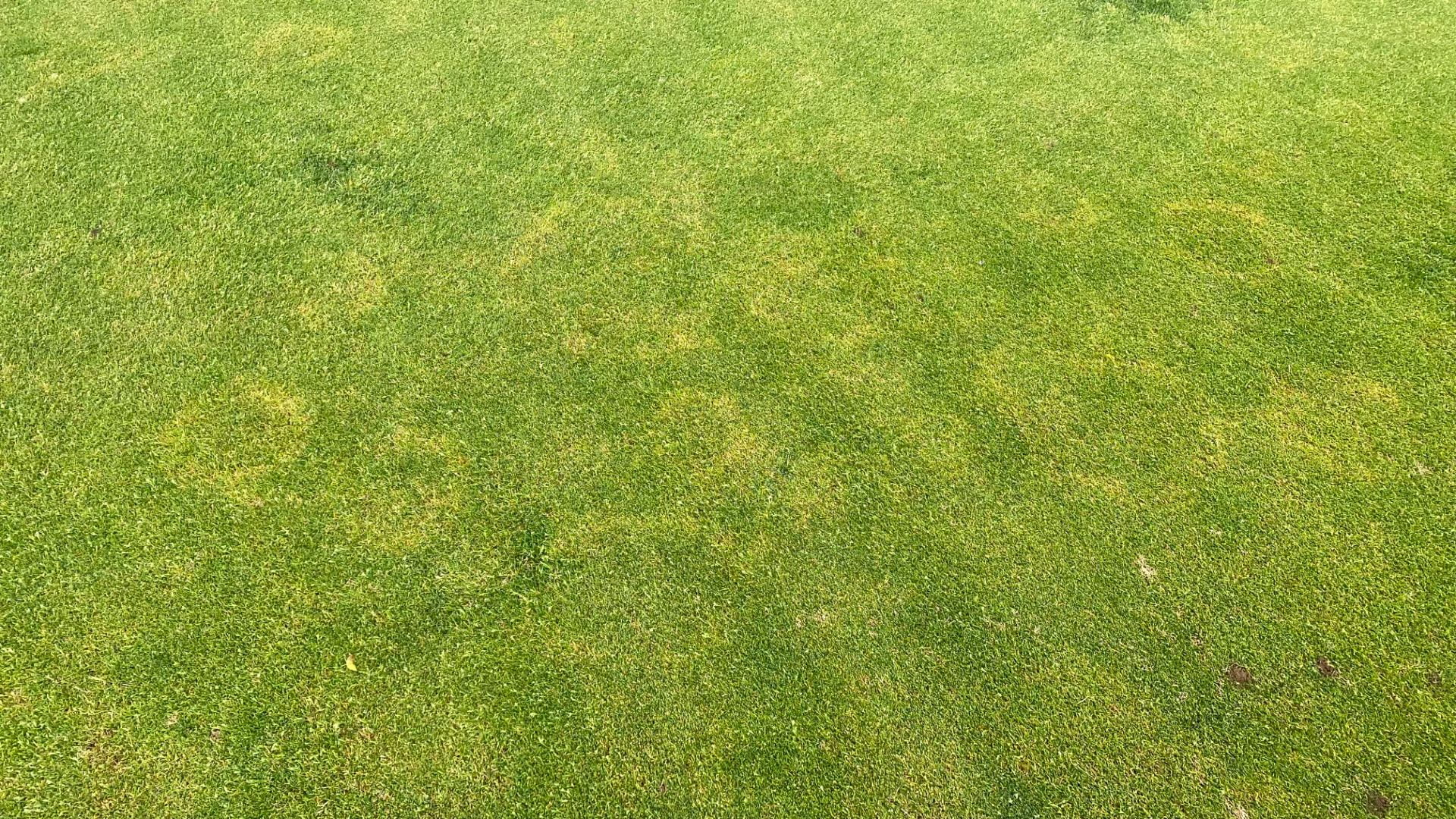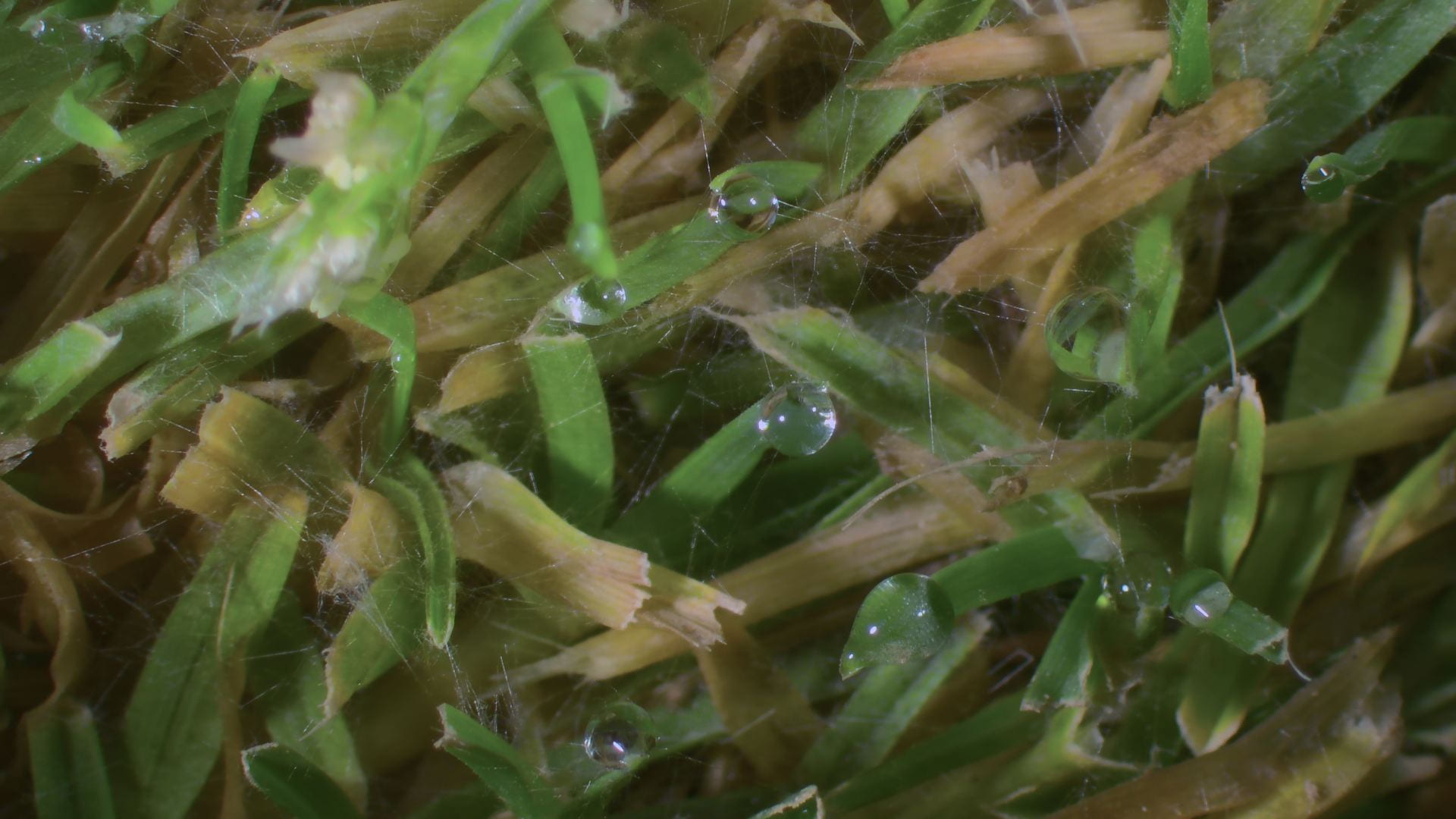Turf pest updates from what we are seeing around the region and in the lab.
Brown Ring Patch to Pythium
Samples in our lab indicate major outbreaks of brown ring patch (aka, Waitea patch) throughout much of the central and western portions of Pennsylvania, with the Pittsburgh area being hardest hit (Fig 1). I wasn’t too surprised about seeing the disease in State College, but felt like it might have been past “prime time” for BRP in western PA. It once again goes to show that we should be predicting disease outbreaks based on weather patterns and not the time of the year. I remember seeing Microdochium patch as a graduate student at UMD this time of the year and everyone thought I was crazy. If you suspect you may have BRP, incubation in a Tuperware container on your desk should reveal the presence of mycelium.
Speaking of Maryland, temperatures and rainfall around the mid-Atlantic have been right for several warmer diseases including Pythium and brown patch. Although we usually talk about July 4th as the hotspot for these diseases, it appears that we are going to see them early so be on the lookout and keep your preventive controls in place where warranted.
Weevil update (from Dr. McGraw)
While trial evaluations are happening this week, there are some early reports that ABW larva are absent from many of the properties he’s visiting in western PA. This may be due to a combination of reduced populations this year or (more likely) the fact that he visits the region twice per week all spring and many of the clubs are following very closely monitored recommendations for their initial insecticide timings. Regardless, there have been reports of damage in other areas of Pennsylvania as well as the surrounding regions of Ohio, New Jersey, Metro New York, and southern Connecticut. If you’re fortunate to not see much damage consider yourself lucky, but keep an eye out on any insect updates moving forward.
Crabgrass and other weeds
Crabgrass is pretty much hitting its stride these days throughout the state and preemergent control is obviously long gone. It is important to note the tillering stage of the crabgrass if you’re going with a post or early-post herbicide as some of these do well with early and late stages, but not those in the middle. One area of interest for us at Valentine is the vast difference in crabgrass populations between our recently renovated fairway vs our established ryegrass fairway. Not surprisingly, the area that was recently renovated has higher populations that are farther along. This once again reinforces the notion that a well-established lawn is one of the best measures to prevent crabgrass populations from getting out of control. Along with crabgrass, we continue to see high populations of dandelion and clover and suspect that if you haven’t had any goosegrass germination yet that you should soon expect it to be emerging.


